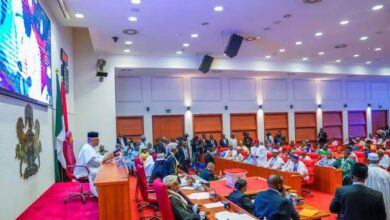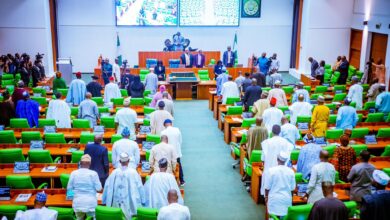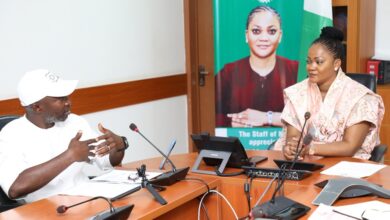AfDB flags Nigeria’s rising debt costs: 75% of revenue goes to interest payments

The African Development Bank (AfDB) has flagged Nigeria’s rising debt costs, stating that the country is projected to spend 75% of its revenues on interest payments in 2025.
This is according to the newly-released AfDB’s 2025 African Economic Outlook titled “Making Africa’s Capital Work Better for Africa’s Development”.
According to the Bank, a country’s debt-to-GDP ratio may be low and still face high debt burdens if substantial shares of revenue are channeled towards debt service payments.
“So, despite the debt-to-GDP ratio being low, a country can still face high debt burdens if substantial shares of revenue are channeled towards debt service payments. Nigeria presents a classic case in point. In 2025, the country’s public debt was projected at 47 percent of GDP. In contrast, three quarters of federal government revenues were projected to be spent on federal government interest payments,” the AfDB report noted.
The AfDB further explained that while many African countries experienced declining debt levels in 2022–2023 due to favorable interest-growth differentials, this trend remains vulnerable.
A slowdown in economic growth or a rise in interest rates, the Bank noted, could reverse recent gains. Moreover, reckless fiscal behavior and excessive borrowing, especially on commercial terms, could undermine progress.
“Reductions in debt-to-GDP ratios may also not necessarily lead to increased fiscal space. Debt interest and amortization payments are not necessarily tied to the size of GDP but are made from government revenue,” AfDB stated.
The debt-to-GDP ratio, in simple terms, is the percentage of a country’s total public debt compared to its Gross Domestic Product (GDP).
What you should know
Data from the Central Bank of Nigeria (CBN) states that Nigeria spent over $2.01 billion on external debt servicing between January and April 2025, marking a 50% jump compared to the same period in 2024.
- According to the CBN report, total international payments, including debt servicing, remittances, and letters of credit, stood at $2.60 billion in the first four months of 2025.
- Out of this, debt service alone accounted for $2.01 billion, or 77.1% of total payments. By contrast, in the same period last year, debt service costs were $1.33 billion, about 64.5% of the total $2.07 billion FX outflows.
- This growing share of debt payments suggests that Nigeria is spending more of its FX reserves, which were depleted by about $3 billion within the four-month period, settling past loans.
The rising cost of debt service is crowding out other critical FX demands. With over 77 cents out of every dollar Nigeria spends abroad now going to service debt, there is limited fiscal space for productive external investments or even basic trade transactions.








